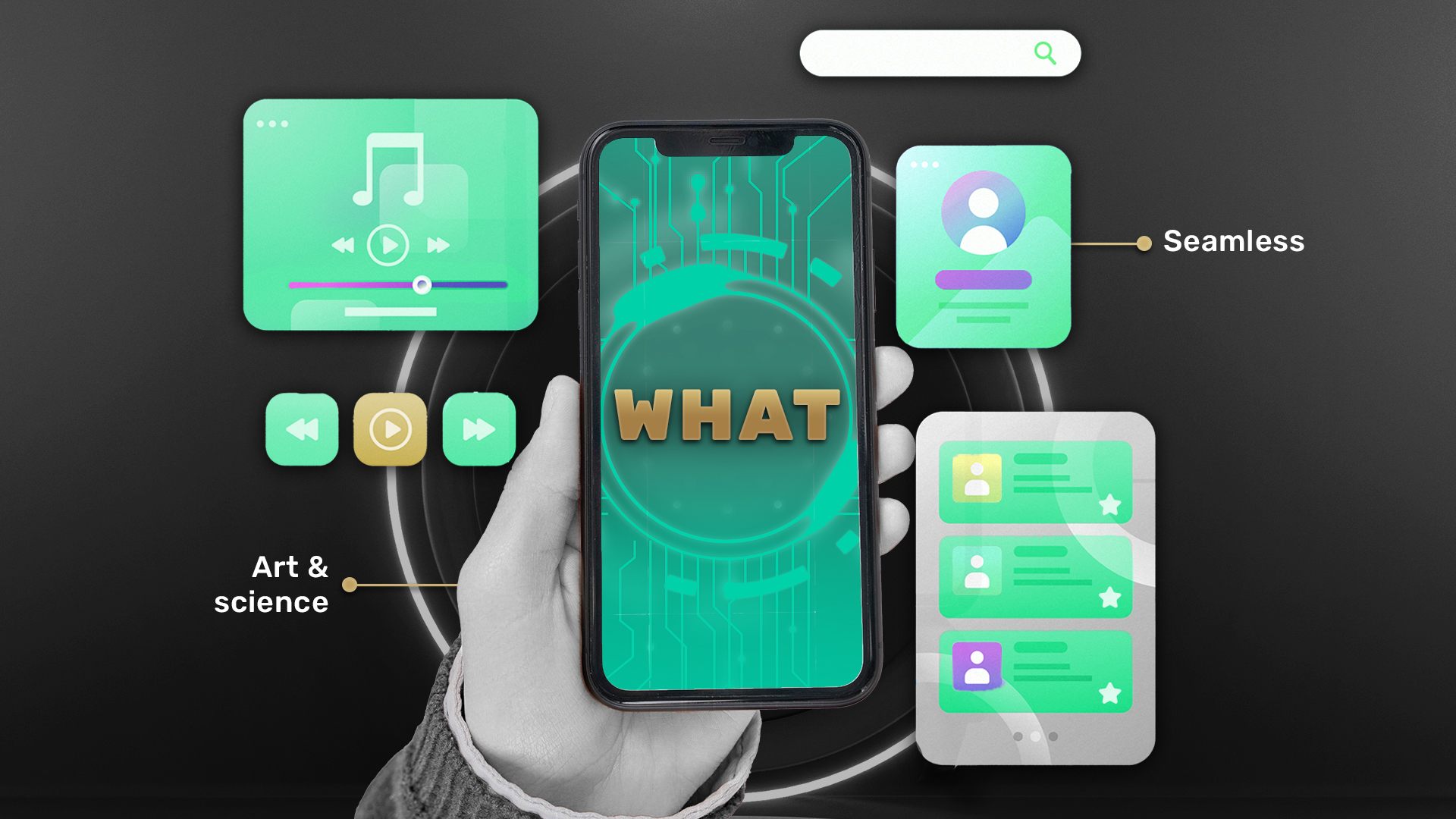User Experience Design: Creating Seamless Interactions
UX design, or user experience design, is the art and science of crafting products and experiences that facilitate users in accomplishing their tasks as efficiently and effectively as possible. This multidisciplinary field encompasses a variety of elements, from the look and feel of a product to how easy it is to use, ultimately shaping how users perceive and interact with it.
Defining User Experience
Ux design refers to how users feel and respond when interacting with a product. This concept is not limited to digital interfaces but extends to physical objects and everyday experiences. Whether it’s operating a coffee maker, buying a car, or navigating a mobile app, UX encompasses all the factors that contribute to the user’s interaction with a product.

The Importance of UX Design in the Digital Age
Why UX Design Matters
In today’s digital world, UX design is crucial. The quality of the user experience can significantly impact the success of a product. Good UX design ensures that users can complete their tasks efficiently, leading to higher satisfaction and loyalty. Conversely, poor UX design can frustrate users, driving them away and harming the product’s reputation.
The Role of Empathy in UX Design
At its core, UX design is about empathy. Designers must understand and anticipate the needs, goals, and pain points of their users. By stepping into the users’ shoes, designers can create solutions that not only address their needs but also enhance their overall experience.
Identifying and Solving Pain Points
A critical aspect of UX design is identifying pain points—specific issues or challenges users encounter while using a product. By thoroughly understanding these pain points, designers can develop effective solutions that improve the user experience. This process often involves user research, testing, and iteration to ensure the final design meets users’ needs.

The Components of UX Design
Visual Design: Crafting Aesthetic Appeal
Visual design plays a vital role in UX by shaping the product’s look and feel. It involves creating an aesthetically pleasing interface that aligns with the brand and appeals to the target audience. Good visual design enhances usability by guiding users intuitively through the interface.
Information Architecture: Structuring Content
Information architecture involves organizing and structuring content in a way that makes it easily accessible and understandable for users. This component of UX design ensures that users can find the information they need quickly and efficiently, enhancing their overall experience.
Interaction Design: Facilitating User Interactions
Interaction design focuses on how users interact with a product. It involves creating intuitive and responsive interfaces that facilitate smooth interactions. Effective interaction design ensures that users can easily navigate the product and complete their tasks without unnecessary friction.
Usability Testing: Ensuring Effectiveness
Usability testing is a critical phase in the UX design process. It involves evaluating the product’s usability by observing real users as they interact with it. This testing helps identify any usability issues and provides valuable insights that inform subsequent design iterations.
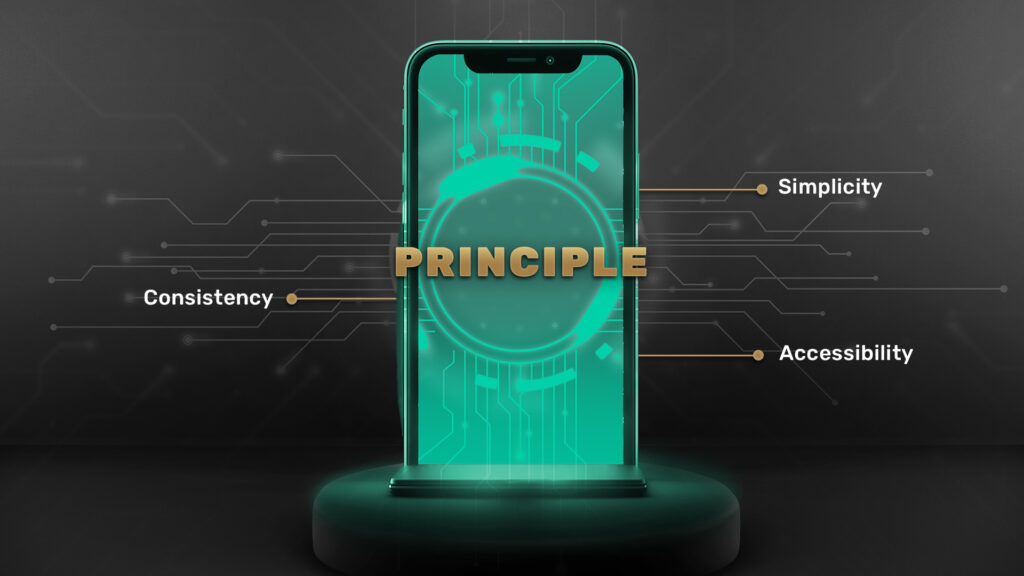
Principles of Effective UX Design
Simplicity: Keeping It Straightforward
One of the fundamental principles of UX design is simplicity. A simple design minimises cognitive load, making it easier for users to navigate and complete their tasks. By eliminating unnecessary elements and focusing on essential functions, designers can create a more intuitive and efficient user experience.
Consistency: Maintaining Uniformity
Consistency in UX design ensures that users can predict how the product will behave, reducing confusion and enhancing usability. This principle applies to visual elements, interaction patterns, and terminology. A consistent design helps users build familiarity and confidence with the product.
Accessibility: Designing for All Users
Accessibility is a crucial consideration in UX design. Designers must ensure that their products are usable by individuals with diverse abilities and disabilities. This involves adhering to accessibility standards and guidelines, such as providing alternative text for images and ensuring sufficient contrast for readability.
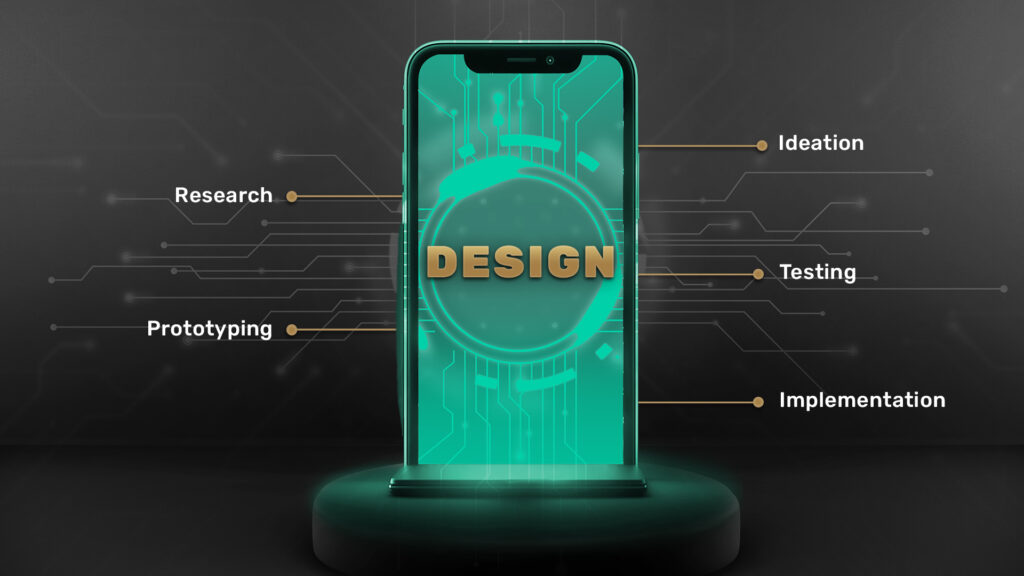
The UX Design Process
Research: Understanding User Needs
The UX design process begins with thorough research to understand the target users and their needs. This phase involves various methods, such as surveys, interviews, and observational studies, to gather insights into user behaviors, preferences, and pain points.
Ideation: Generating Creative Solutions
Once the research is complete, designers move to the ideation phase, where they brainstorm and generate creative solutions to address the identified pain points. This phase encourages divergent thinking, allowing designers to explore a wide range of ideas before narrowing down to the most promising ones.
Prototyping: Bringing Ideas to Life
Prototyping involves creating preliminary versions of the product to test and refine the design concepts. These prototypes can range from simple sketches to interactive digital models. Prototyping allows designers to experiment with different ideas and gather feedback from users early in the process.
Testing: Validating Design Choices
Usability testing is conducted on the prototypes to validate the design choices and identify any issues. This iterative process involves testing the product with real users, gathering their feedback, and making necessary adjustments. Testing ensures that the final design is user-centered and effective.
Implementation: Building the Product
After refining the design through testing, the final step is implementation. This phase involves collaborating with developers to build the actual product. Designers must ensure that the implemented product aligns with the design specifications and provides a seamless user experience.
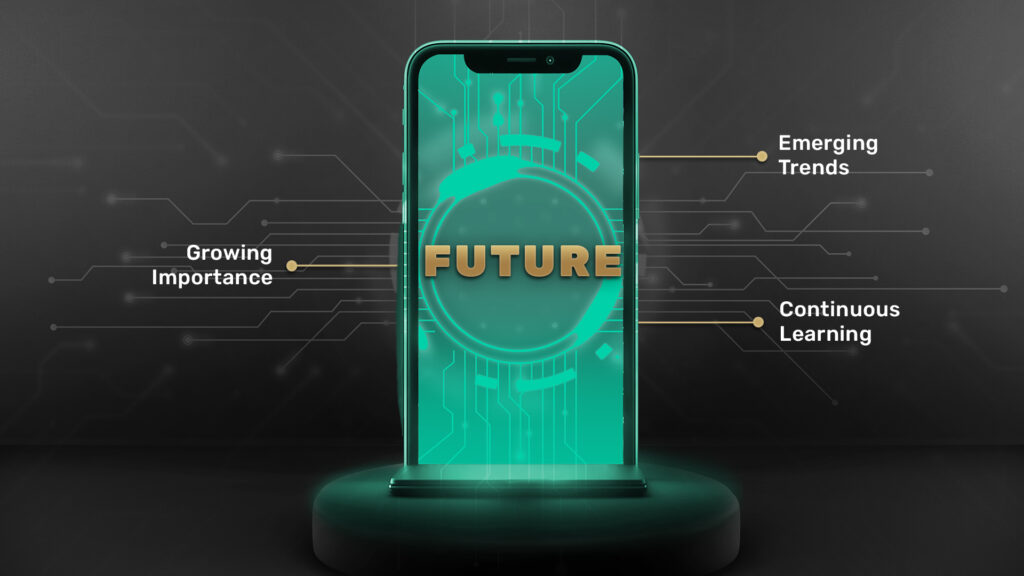
The Future of UX Design
Emerging Trends in UX Design
As technology continues to evolve, so does the field of UX design. Emerging trends such as artificial intelligence, augmented reality, and voice interfaces are shaping the future of UX design. These advancements offer new opportunities for creating innovative and immersive user experiences.
The Growing Importance of Ethics in UX Design
With the increasing influence of technology on our daily lives, ethical considerations in UX design are becoming more critical. Designers must ensure that their products are not only effective and enjoyable but also ethical and responsible. This involves addressing issues such as privacy, data security, and user consent.
The Role of Continuous Learning in UX Design
The field of UX design is dynamic and ever-changing. To stay relevant and effective, designers must commit to continuous learning and professional development. This involves staying updated with the latest trends, tools, and best practices in UX design.
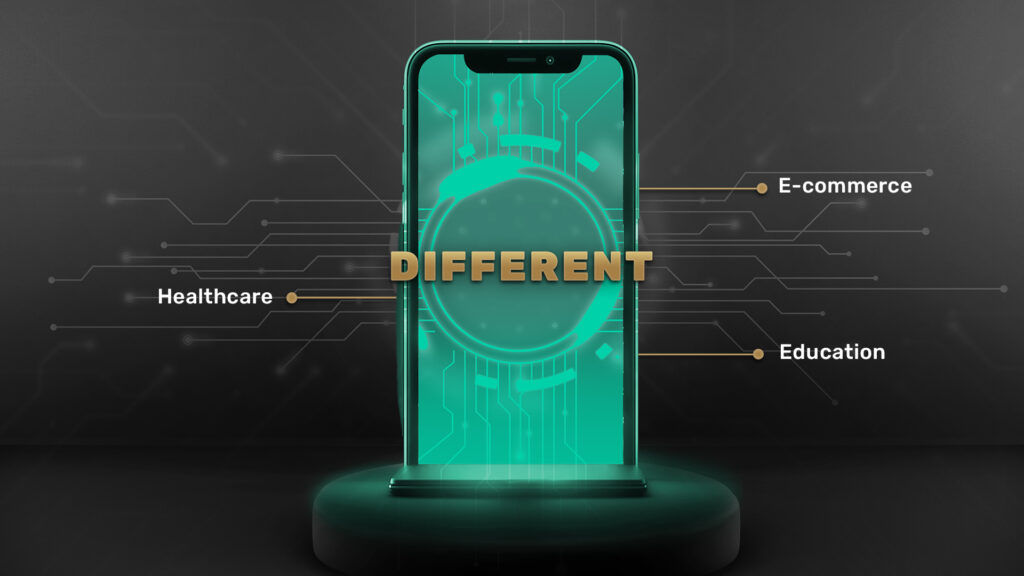
UX Design in Different Industries
UX Design in E-commerce
In the e-commerce industry, UX design plays a crucial role in driving sales and customer satisfaction. An effective UX design ensures that users can easily browse products, make informed decisions, and complete their purchases without friction. This involves optimizing the website or app for usability, accessibility, and performance.
UX Design in Healthcare
In the healthcare industry, UX design focuses on creating user-friendly interfaces for medical devices, health apps, and patient portals. An effective UX design can enhance patient engagement, improve healthcare outcomes, and streamline administrative processes. This requires a deep understanding of the unique needs and challenges of healthcare users.
UX Design in Education
In the education sector, UX design is essential for creating effective learning experiences. This involves designing user-friendly educational platforms, tools, and resources that facilitate learning and engagement. An effective UX design can enhance the accessibility and usability of educational content, supporting students and educators in achieving their goals.
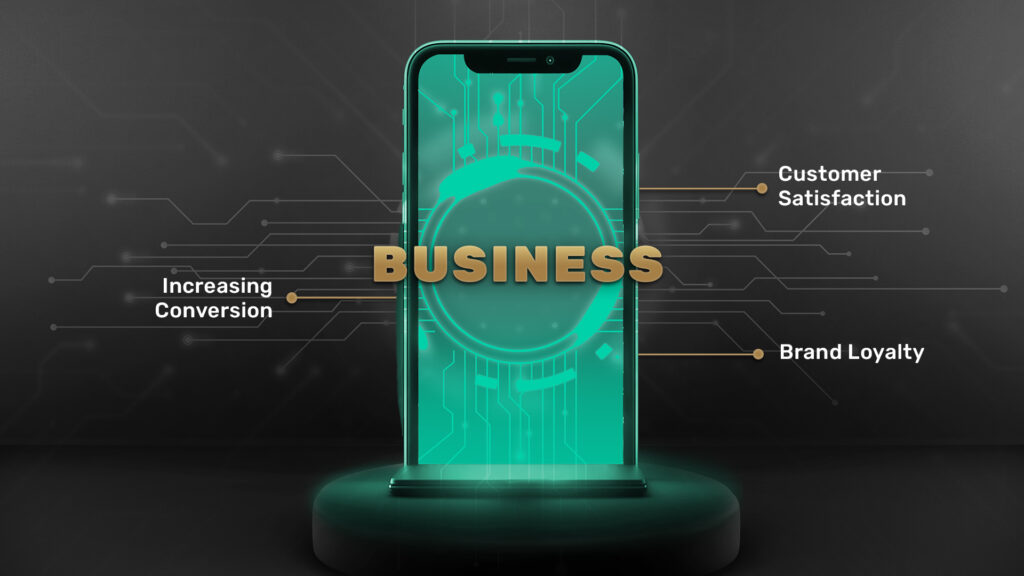
The Impact of UX Design on Business Success
Enhancing Customer Satisfaction
A well-designed user experience can significantly enhance customer satisfaction. By addressing user needs and pain points, UX design creates a positive and memorable interaction with the product. Satisfied customers are more likely to return and recommend the product to others, driving business success.
Increasing Conversion Rates
In e-commerce and other online platforms, a seamless user experience can increase conversion rates. An effective UX design ensures that users can easily navigate the site, find the information they need, and complete their transactions. This reduces drop-off rates and boosts sales and revenue.
Building Brand Loyalty
A positive user experience can foster brand loyalty. When users have a consistently good experience with a product, they are more likely to trust and stick with the brand. UX design plays a crucial role in building and maintaining this trust, creating long-term customer relationships.
Conclusion
UX design is a multidisciplinary field that combines art and science to create products that are both functional and enjoyable. By understanding and empathising with users, designers can create experiences that meet their needs and exceed their expectations. As technology continues to evolve, the importance of UX design will only grow, shaping the future of how we interact with products and services.

